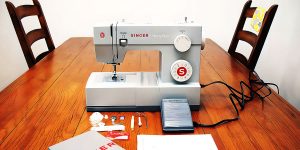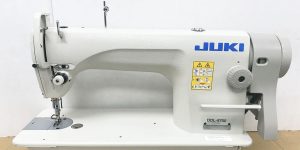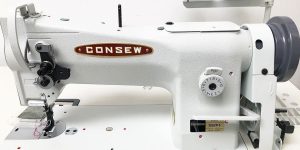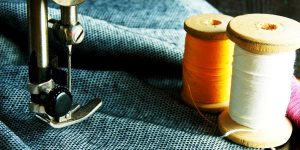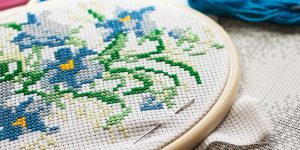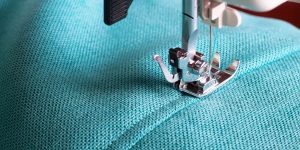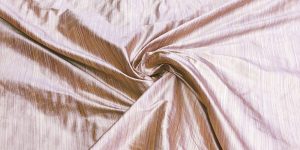In the intricate art of sewing, understanding the nuances of fabric types is critical in creating successful pieces. One such nuance, often overlooked yet profoundly influential, is the concept of napped fabrics. So, what is a napped fabric? It is a textile that has been processed to have a raised, fuzzy surface, known as a nap, enhancing its texture and aesthetic appeal. Let me delve you into the world of napped fabrics, exploring their significance in sewing and underlining their impact on garment construction.
What is the napped fabric?
Napped fabric refers to a type of fabric that has been specially treated through a process known as napping, where the fabric surface is brushed to create a raised, fuzzy texture known as the ‘nap’.
Napped fabrics encompass a wide variety of textiles, including:
- Velvet: Known for its luxurious texture and sheen, velvet is a dense, napped fabric that was historically made from silk but is now commonly made with synthetic fibers as well.
- Corduroy: With its ‘ridged’ nap forming distinct vertical ‘cords’, corduroy is a durable, warm, and tactile fabric often used in trousers, jackets, and children’s wear.
- Flannel: A lightly napped fabric typically made from wool or cotton, flannel is famed for its cozy warmth and softness.
- Fleece: Known for its incredible warmth-to-weight ratio, fleece is a synthetic, napped fabric extensively used in activewear, blankets, and winter garments.
Exploring nap
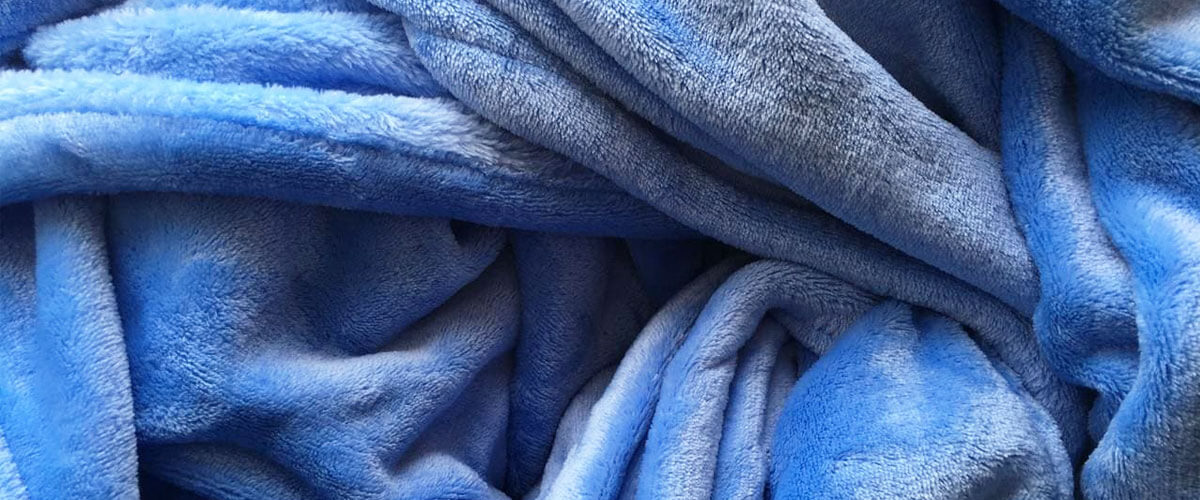
In the realm of sewing, ‘nap’ refers to the fuzzy, raised surface on certain types of fabric created through a process called napping. This unique texture results in several important considerations for the sewing process:
- Nap direction: Similar to the grain in wood, the nap has a direction. Running your hand along the fabric will make it feel smooth in one direction and resistant in the opposite.
- Light interaction: The direction of the nap affects how light interacts with the fabric, leading to various visual effects. For instance, when light hits a nap fabric, it can produce a shadow effect depending on the nap’s direction.
- Cutting pattern pieces: The nap direction is vital when cutting pattern pieces. To ensure consistency in color and texture across the finished garment, all pieces should be cut in the same nap direction.
Working with napped fabrics
Working with napped fabrics presents a unique set of challenges, but with the right knowledge and techniques, you can successfully navigate them to create stunning pieces. Here are some tips for working with napped fabrics:
- Preparation: Before cutting, make sure to pre-wash or dry-clean the fabric if it is prone to shrinkage.
- Cutting: When laying out your pattern pieces, remember to align them all in the same nap direction.
- Sewing: Use a new, sharp needle suitable for the weight of your fabric. A walking foot can help feed napped fabrics smoothly through the machine.
- Finishing: Be mindful of pressing. Too much heat or pressure can crush the nap, so use a pressing cloth and a low heat setting if necessary.
Here is a simple table illustrating the appropriate tools and settings for sewing different types of napped fabrics:
| Fabric type | Needle type | Stitch length | Recommended foot |
|---|---|---|---|
| Velvet | Universal 70/10 or 80/12 | 0.09 – 0.12 in | Walking foot |
| Corduroy | Universal 80/12 or 90/14 | 0.12 in | Standard foot |
| Flannel | Universal 80/12 | 0.09 in | Walking foot |
| Fleece | Ballpoint 90/14 | 0.12 – 0.16 in | Walking foot |
Care and maintenance of napped fabrics
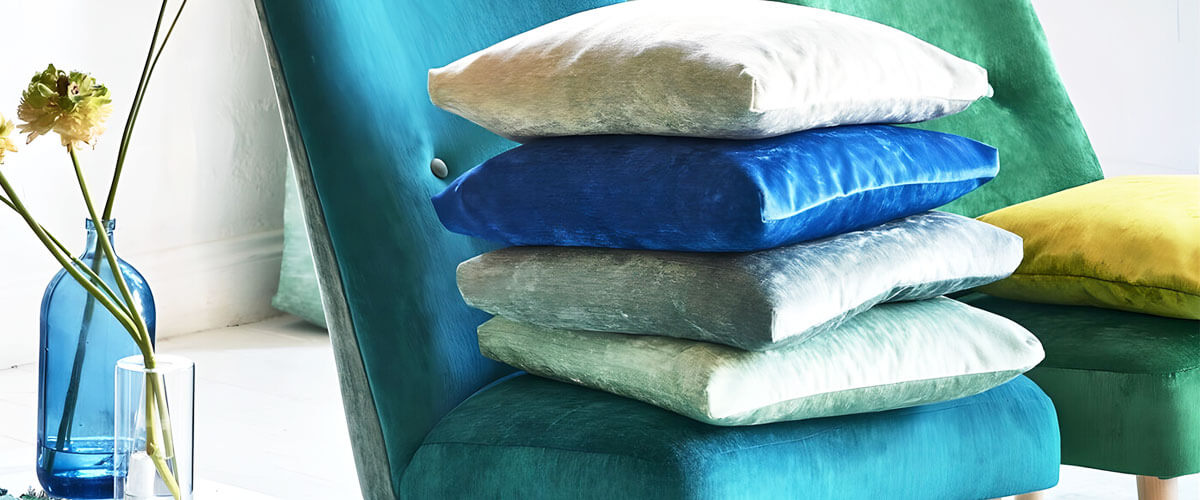
Caring for napped fabrics appropriately is crucial for prolonging their lifespan and maintaining their distinctive texture and appearance, a key aspect of the nap in sewing. Here are some general care and maintenance guidelines:
- Washing: Most pile fabrics should be washed on a gentle cycle with cold water to prevent damage to the nap. Some fabrics, like velvet, may require dry cleaning. Always refer to the care label on the fabric.
- Drying: Air drying is often the best method for these fabrics. If machine drying is necessary, use a low heat setting to avoid shrinkage or damage to the nap.
- Ironing: Ironing napped fabrics can often flatten the nap. If ironing is required, do it on the reverse side, use a pressing cloth, and set the iron to a low heat setting.
- Storage: Store napped garments in a dry, cool place. Avoid folding them tightly to prevent crushing the nap.
Specific fabric types may have additional care considerations. For instance:
- Velvet: Dry clean only. Iron on the reverse side with a pressing cloth.
- Corduroy: Machine washable. Iron on the low heat setting to avoid crushing the wales.
- Flannel: Machine washable on a gentle cycle. Air dry to prevent pilling.
- Fleece: Machine washable. Avoid high heat when drying and ironing.

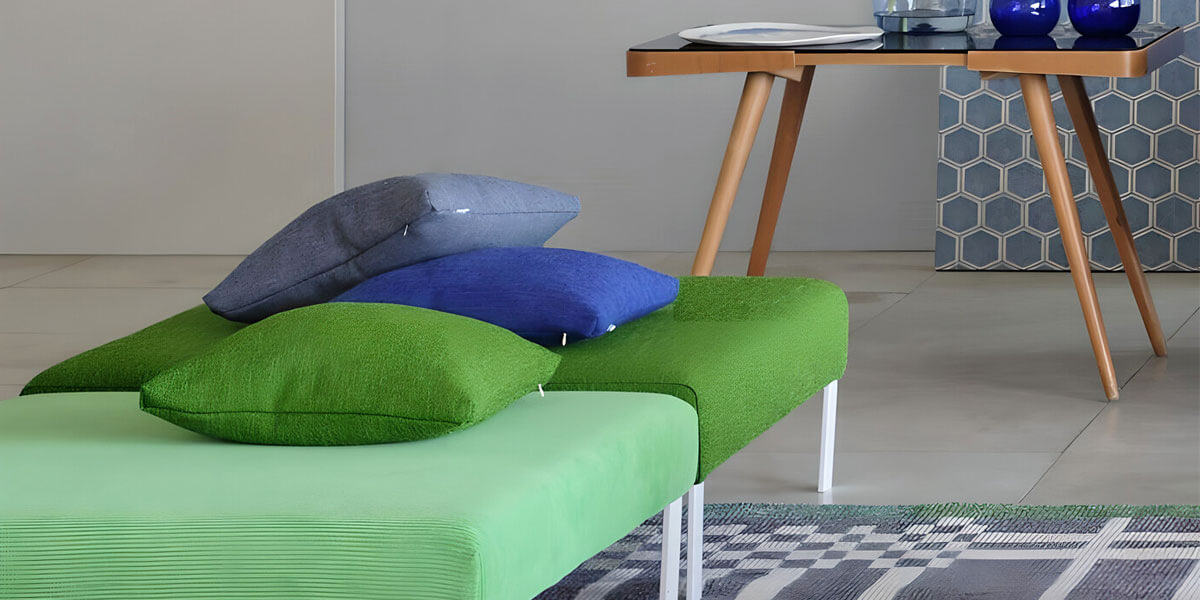
![The 4 Best Machines Under $500 [Budget Sewing Solutions]](https://www.favoritethings.net/wp-content/uploads/2024/03/best-sewing-machine-under-500-review-300x150.jpg)
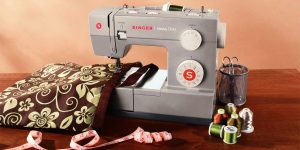
![Best Sewing Machines for Upholstery [Crafting with Quality]](https://www.favoritethings.net/wp-content/uploads/2024/02/best-sewing-machine-for-upholstery-300x150.jpg)
